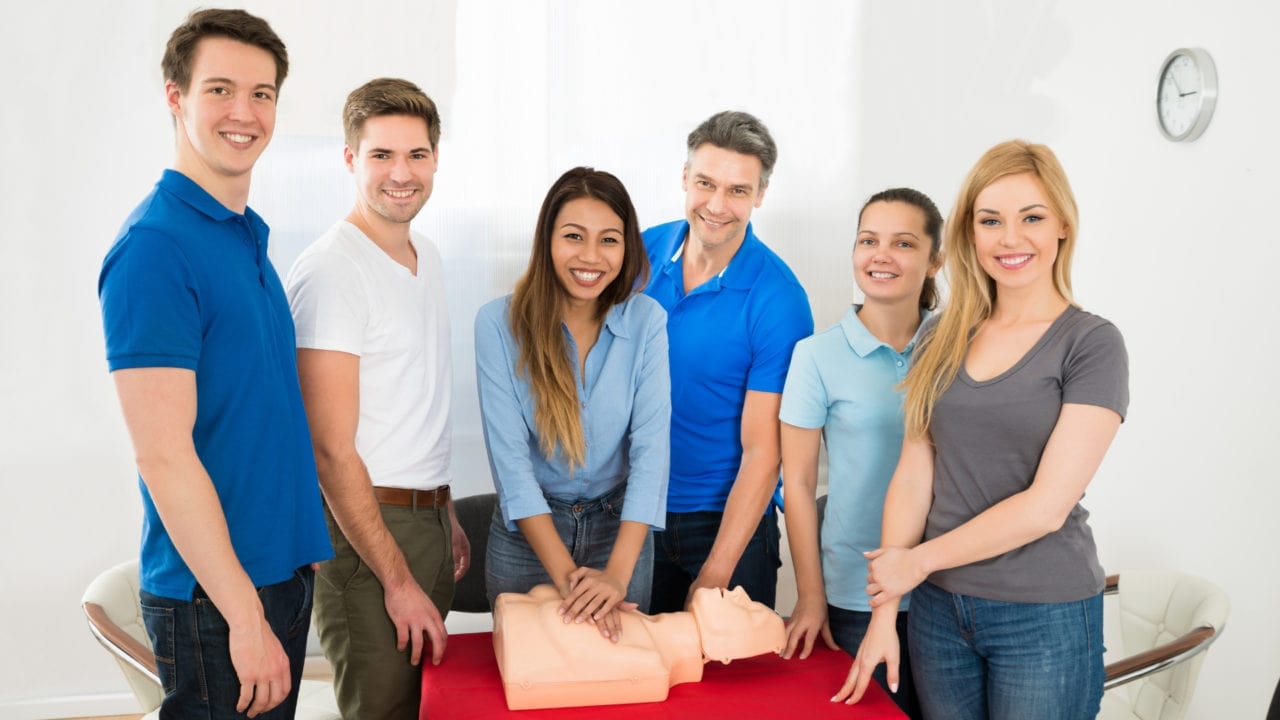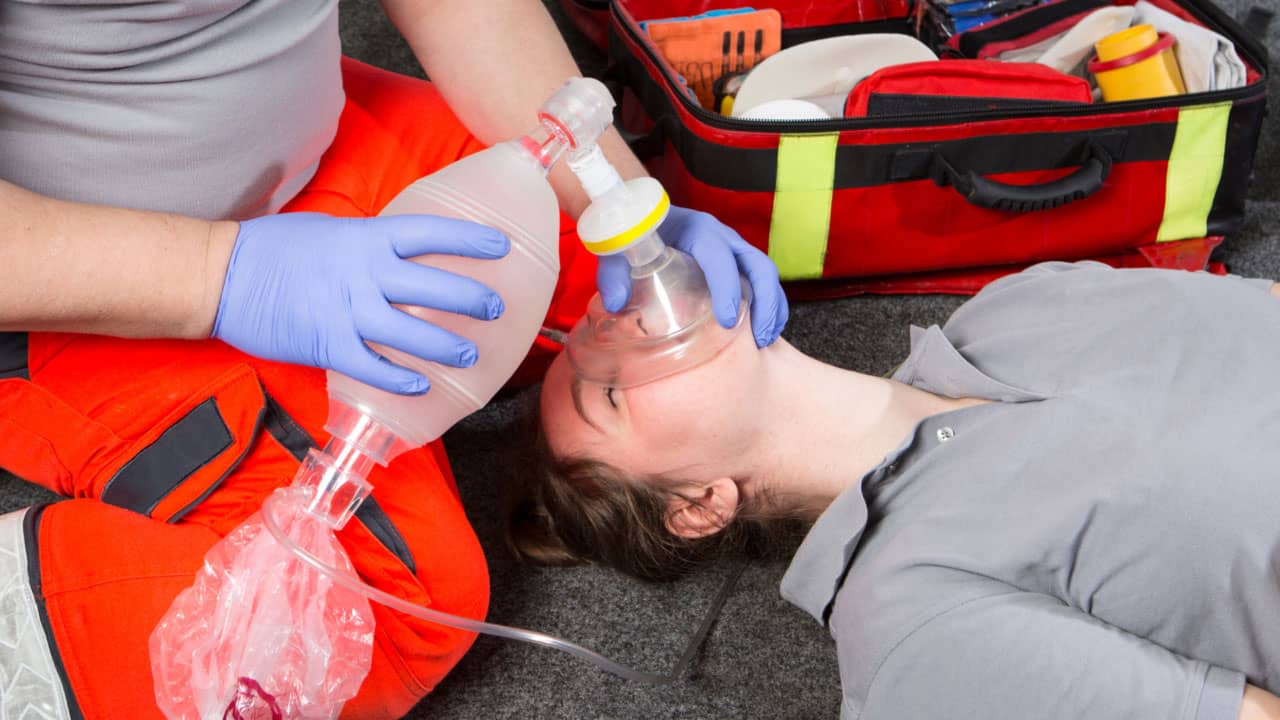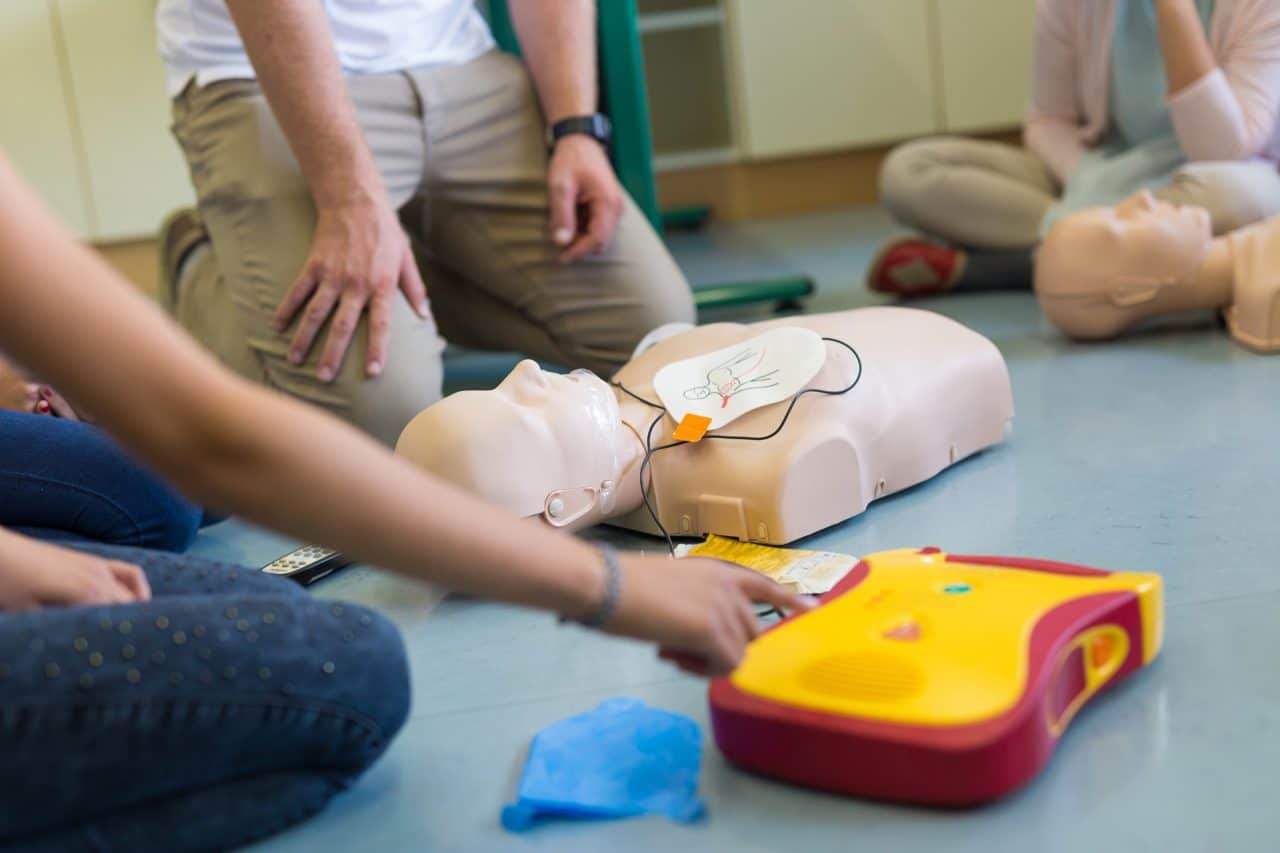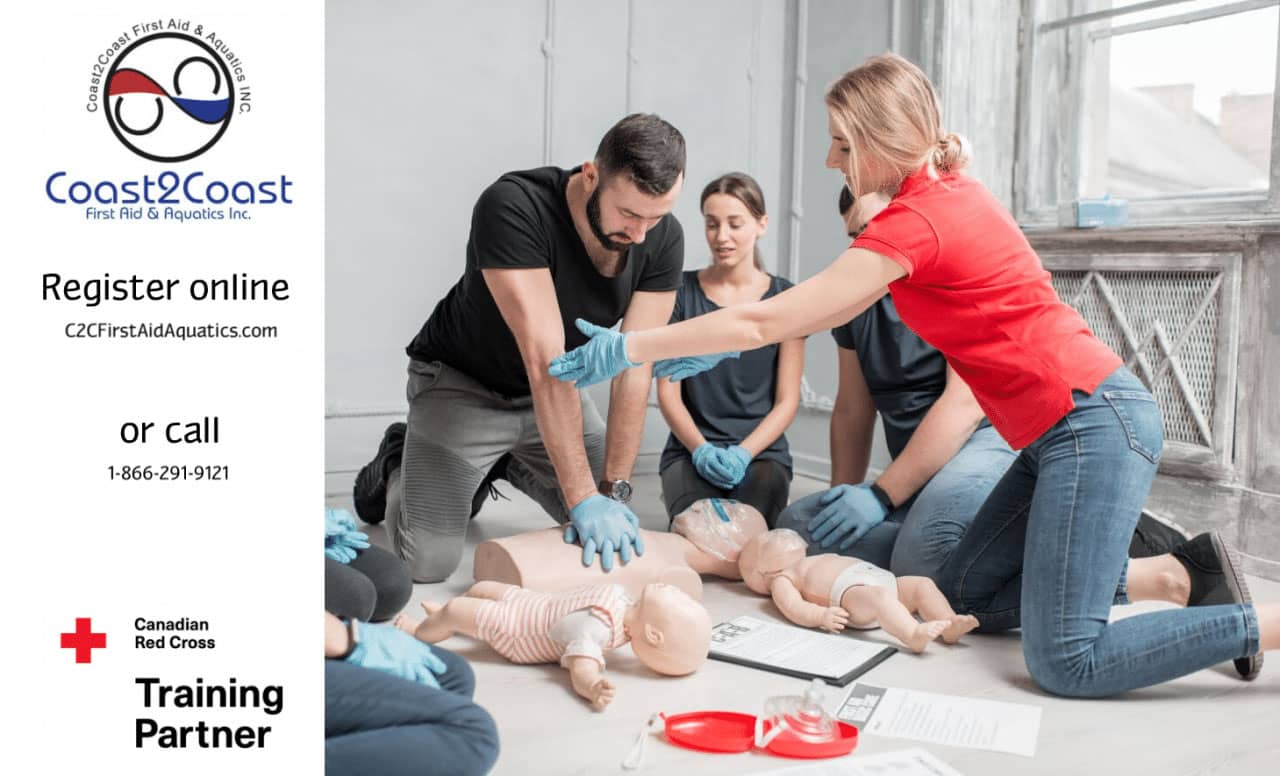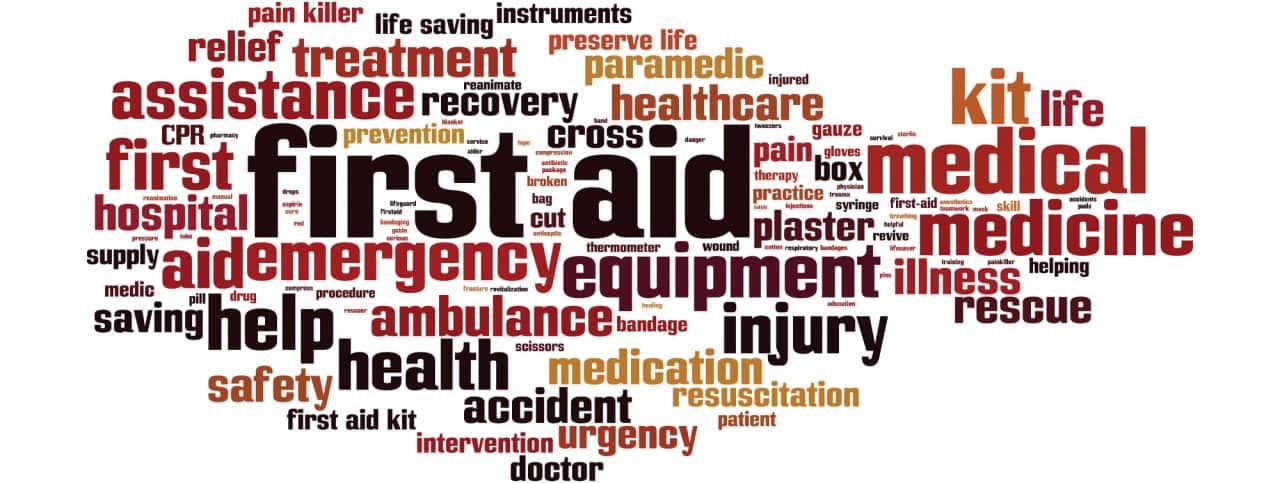How does a Defib work?
Defibrillation operates by delivering an electrical current through the heart muscle, via the defibrillation pads. All electrical activity in the heart becomes pulseless, in the belief that when the pulse returns, it will be in a rhythm that is coordinated with an effective pumping motion.
Survival rates are the highest when defibrillation is given within the first few minutes of the time of the collapse. Greater defibrillator availability and recognition of device locations will increase the survival rates of sudden cardiac arrests victims. Coast2Coast offers CPR/AED courses that properly educate how to administer a defibrillator, and how to recognize and respond to those in a cardiovascular emergency.
How to perform a primary survey and what is DRSABCD?
Primary survey is the first thing that should be done when observing and helping a victim in need. The abbreviation DRSABCD is the acronym check-list we ask bystanders to use to in the process of saving lives.
D = Danger. Check for danger before approaching the victim. Whereabouts to check for may include live wires, exposed needles, or flammable liquids. Your safety ALWAYS comes first.
R = Response. Attempt to get a response from the victim by asking them to say their name or squeeze your hand.
S = Send for Help. If there is no response, now is the time to call 911. If there are other people present at the scene, send someone to locate the nearest defibrillator.
A = Airway. Is the airway clear? Check to make sure the victim has nothing in their mouth, such as broken teeth, food or vomit.
B = Breathing. Once a clear airway is established, check to see if the victim is breathing.
C = Compressions. Commence chest compressions at a rate of 30 compressions to 2 breaths. You should be pushing at the depth of 1/3 of the victim’s chest, and at a rate of 100 chest compressions per minute (this will be interrupted by administering their breathing). Coast2Coast teaches you the proper method of compressions and how not to over-exert yourself of energy.
D = Defibrillator. Apply the defibrillator following the voice prompts. If emergency medical staff are there applying the AED, follow their instructions.
It is never too late to learn CPR and how to accurately use a defibrillator; contact Coast2Coast to find out more about our CPR/AED courses and becoming a lifesaver today!




